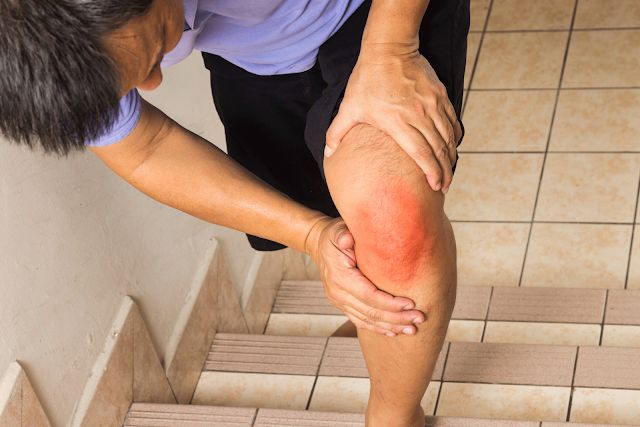Can you sidestep Alzheimer's disease?

Alzheimer's disease is characterized by progressive damage to nerve cells and their connections. The result is devastating and includes memory loss, impaired thinking, difficulties with verbal communication, and even personality changes. A person with Alzheimer's disease may live anywhere from two to 20 years after diagnosis. Those years are spent in an increasingly dependent state that exacts a staggering emotional, physical, and economic toll on families. A number of factors influence the likelihood that you will develop Alzheimer's disease. Some of these you can't control, such as age, gender, and family history. But there are things you can do to help lower your risk. As it turns out, the mainstays of a healthy lifestyle - exercise, watching your weight, and eating right - appear to lower Alzheimer's risk. 5 steps to lower Alzheimer's risk While there are no surefire ways to prevent Alzheimer's, by following the five steps below you may lower you...














